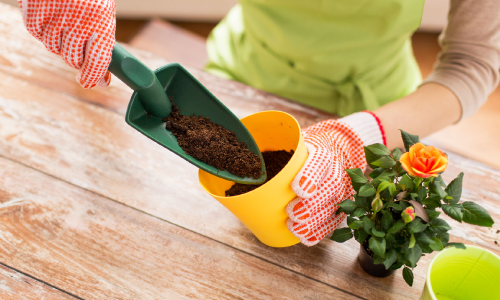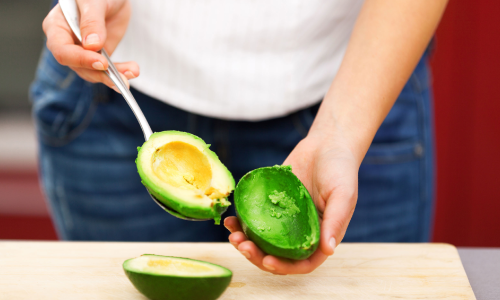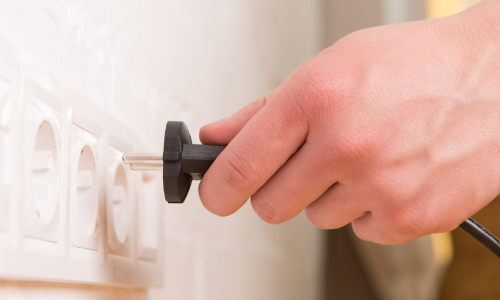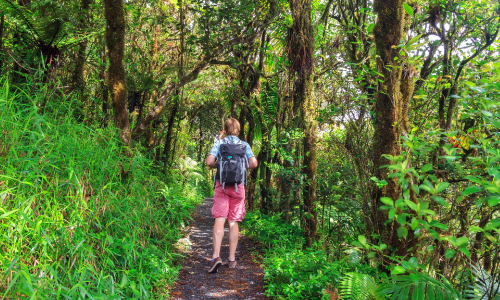Students use computers today so much that when they use paper, they forget to save it. Online writing services like PaperWritten help students with assignments so they don’t have to write anything. Even though the world is digitalized, we still need paper for many basic tasks, especially in school. So how can students save paper in school?
Paper is a very precious resource because as you know, it is gotten from trees. Saving paper means fewer trees have to be cut to process more. Forests are essential for human survival because they help reduce the carbon Iv oxide levels in the environment. Without trees, the world would feel like a boiling oven.
In many schools, paper accounts for close to half of the trash and most times you’ll find its unused paper. Every school requires a paper-reduction programme that teaches students the importance of saving paper.

1. A Paper Reduction Policy
This is the best place to begin as a school because if there are rules against wasting paper, students learn to save what they have. The paper reduction policy should not apply to students alone but to teachers as well. After all, the students will most likely follow what the teachers do.
Teachers should lead by example so that students can follow suit. The paper reduction policy should not just be a number of printed rules printed out and pinned on walls around school. It is the institution’s obligation to ensure each student knows about the policy.
Teachers should keep reminding their students why saving paper is so important to the environment. This is an excellent way for society to raise environmentally friendly children.
2. Educate the School’s Entire Fraternity
You realize that schools are not comprised of students and teachers alone. If the entire school is to save paper, everyone should be educated on the importance of doing the same. Educating the school’s entire fraternity ensures the institution works towards a common goal. The parents should also be looped in because school is not the only place students use paper. This should be a principle instilled in students and the practice should not end when they step out of school.
3. Post Signs on Printers
Printing is among the ways in which schools waste paper. Learning institutions should post signs on printers to remind whoever is using it to save paper. You should cross check setting before printing to ensure you’re printing out the right documents. Also, don’t print out extra copies unless it’s absolutely necessary.
4. Re-Use Single-Sided Paper
Many students assume that once one side of paper is used, they can trash it. However, there’s an entire side that remains unused. Re-using single-sided paper is not only environmentally conservative, it also teaches students to maximize the resources they have. Wasting resources just because you have enough is not a sustainable approach.
5. Do Away with Towel Dispensers in Wash Rooms
Instead of using paper towels in washrooms, schools should consider installing hand driers. This is an excellent paper-reduction strategy. Paper driers are convenient and reliable. They dry hands fast and they don’t have to waste output in schools.
Schools should ensure they install hand driers from well-reputed companies so they don’t have to worry about regular repair or replacements. Spending a little more on quality products ensure they last for years.
6. Each Class Should Have Waste Reduction Goals
When each class sets waste reduction goals, the school’s overall waste output will significantly reduce. Institutions should even consider making this a contest where the class with the lowest amount of paper waste wins. This is an excellent motivation for students to maximize the resources they have.
The administration should also track paper usage across the school and centralize paper orders. This is also an excellent cost-saving strategy because schools don’t get paper for free, or do they?
7. Settings on All Printers Should be Double-Sided
Every printer in the institution should print on both sides of the paper. The departments concerned should check all printers and copiers to ensure the default settings have been changed to double-sided. This way, no one will accidentally print on one side without knowing it.
Many times, people hit print without confirming if the settings allow for double-sided printing. This is especially true for people in a rush to get their documents out. Students should also be taught how to use printers and copiers so that they can apply what they’ve learned at home. After all, the aim is to ensure students hold these principles dear throughout their lives.
Conclusion
Saving paper is an excellent environment conservation strategy because papers are manufactured from trees. Schools should ensure they come up with paper reduction policies and educate everyone on why it’s important to save paper. Teachers should lead by example because students are likely to emulate their teachers.


















